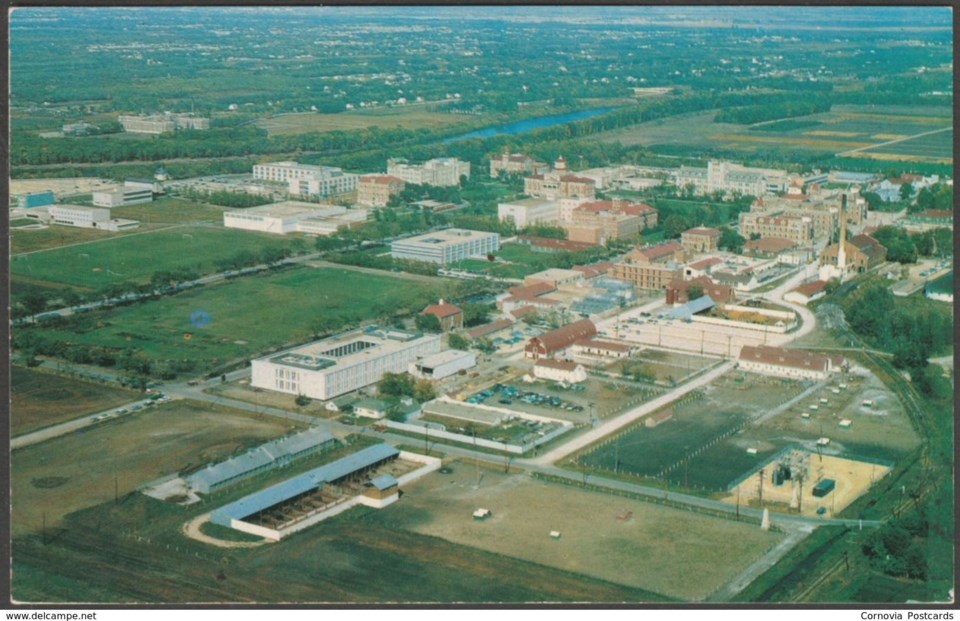Manitoba’s land transfer tax has ballooned over the past two decades and is in need of reform, says a new report from the C.D. Howe Institute.
In “Damage Control: Options for Reforming the Land Transfer Tax in Manitoba,” authors Bev Dahlby and Jack Mintz examine the land transfer tax in Manitoba and consider three options for its reform.
Originally introduced in 1987, the rates and thresholds of Manitoba’s land transfer tax have been unchanged since 2004. With inflation, land transfer tax payments have increased over time as real estate properties have become increasingly more expensive to buy. Land transfer tax revenues increased ninefold from 1997 to 2019, and the average land transfer tax rate has more than doubled.
“Compared to other Canadian cities, the land transfer tax in Winnipeg for a property sold at $500,000 is third highest in the country,” write the authors. Winnipeg only trails Vancouver and Toronto while soaring above Montreal, Moncton and St. John’s.
The authors consider three reform options for Manitoba’s land transfer tax:
The first is a revenue-neutral change which would exempt the first $150,000 of a transaction from land transfer tax with a 2.45 percent rate applied to the value of the transaction in excess of $150,000.
The second would be an exemption for the first $150,000 with a 2 percent tax rate applied to the excess (this would reduce modestly government revenues).
The third involves indexing tax brackets with a one-time correction from 2004 to 2020.
The authors took into account three criteria, including net gain – the gain from reducing the land transfer tax plus any gains or losses from substituting the land transfer tax for a less distortionary tax to keep the government’s budget balanced.
Dahlby and Mintz prefer the second reform option – an exemption for the first $150,000 with a 2 percent tax rate applied to the excess.
However, the authors remain critical of land transfer tax in general. The tax can reduce the number of real estate transactions, and is inequitable, as people who need to move more frequently bear more tax, regardless of their income or wealth, they note.



